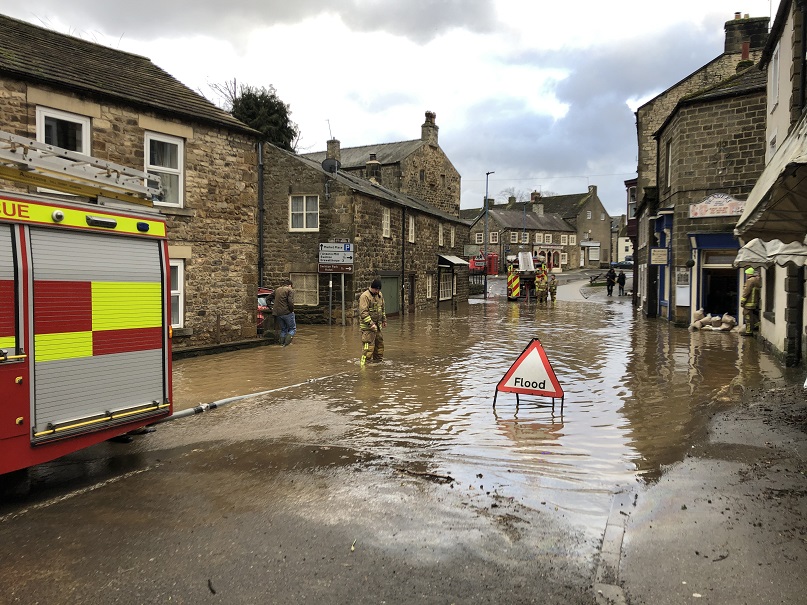Flooding is when land that is usually dry is covered in water. This can be for a short period of time, such as a few hours, or over longer periods of time, such as a couple of days, and can damage properties and/or cause disruption to local businesses and communities.
Flooding is usually linked to heavy or prolonged periods of rainfall or snow melting quickly and can happen at any time of the year. Winter months have more wet and windy weather, but warmer air in summer months can lead to heavier rainfall. Flooding can also be caused by heavy rainfall after a drought or prolonged warm weather, when the ground is very dry and cannot absorb water fast enough.
Staffordshire and the Black Country has a history of flooding, including the flood incidents of Winter 2000, Summer 2007, and throughout 2012. Four major flood events in 2020 (flooding from Storm Ciara and Storm Dennis in February and further flooding in June and August) caused internal flooding to more than 300 properties in Dudley, Sandwell, Staffordshire, Walsall and Wolverhampton. More recently, Storm Babet in October 2023 and Storm Henk in January 2024 led to widespread flooding across the area.
However, different sources can cause different types of flooding. For Staffordshire and the Black Country, this is usually flooding from main rivers and smaller (ordinary) watercourses, surface water, highway infrastructure, and/or from sewer infrastructure. Other types of flooding such as groundwater, and reservoir flooding are not typically common in Staffordshire or the Black Country, and there is no risk of coastal flooding.
Different organisations, or Risk Management Authorities (RMAs), oversee different types of flooding.

